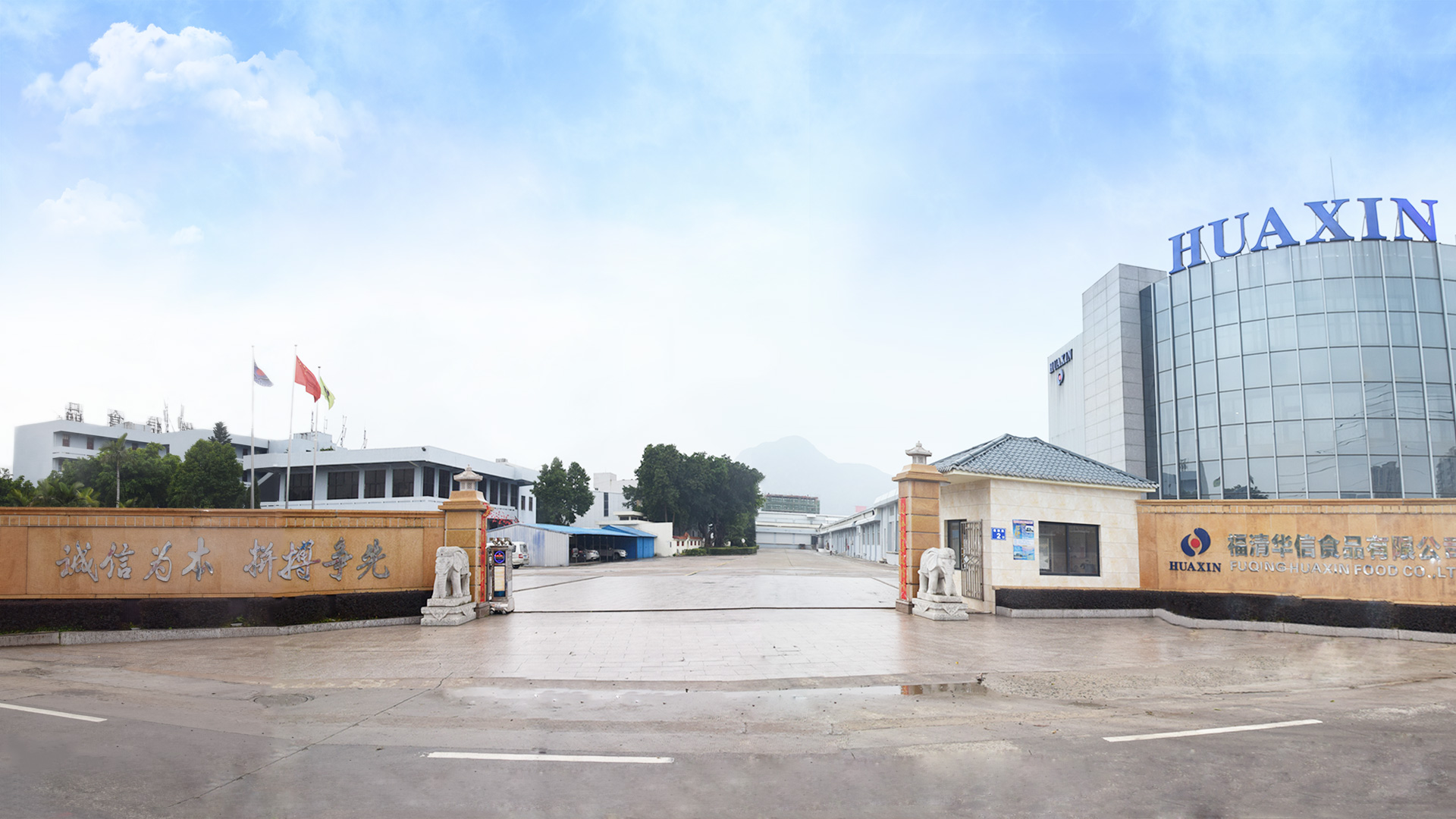Copyright © Fuqing Huaxin Food Co., Ltd.
Company News
Industry News
Rethinking the "Devil's June" phenomenon in the eel industry
The Devil's June” is a jargon that has been circulated in the Japanese industry. It means that there will always be a series of unclear events in June before the eel festival, which will have a strong impact on the eel market, especially the imported eel. Around June, the industry is always worried, worried that the disaster will come, let us review the history:
2006 —— In May, China exported 1,350 tons of live eel to Japan, and sold 5,794 tons of roasted eel. On May 29th, Japan implemented the "positive list system". In June, China's eel was detected 7 violations. In July, 17 cases were detected. After August, China's eel exports to Japan and prices dropped significantly.
In JUNE 2007, the US FDA announced that it would temporarily deduct five kinds of aquatic products such as prawns, balsa fish, eel and scorpionfish produced in China until the importer can prove that these products are safe. The Japanese media took the opportunity to hype, introducing consumers into misunderstandings, and eel was the first to bear the brunt. The public opinion of “China eel= dangerous food” was widely circulated, resulting in a 2/3 drop in the number of imported Chinese roasted eels in 2008. The price is only 40% of the same size and the same quality Japanese grilled eel.
In June 2008, some consumers gradually realized that Chinese roast eel were cheap and good, and sales of Chinese roast eel in Japanese supermarkets and mass merchandisers were heating up. At this critical juncture, the Ministry of Agriculture, Forestry and Fisheries announced the incident of counterfeit squid in the producing area. The media screamed hype throughout the day to promote the detection of antibiotics from counterfeit roast eel. Since then, the Ministry of Health and Welfare has announced the detection of malachite green from imported live eel. The “Asahi Shimbun” claimed that the Chinese roasting eel plant purchased raw materials from black farms. Leading consumers to stay away from Chinese eel again.
Is Chinese food a dangerous food? What is the difference between Chinese eel and Japanese eel? “The facts speak louder than words”, let the facts speak.
Is Chinese food a dangerous food? According to the results of customs clearance inspection of imported foods announced by the Ministry of Health, Labor and Welfare of Japan: 1.859 million imported foods in Japan in 2006, inspection of 199,000 batches, in violation of; 1530 batches of anti-Food Sanitation Law, accounting for 0.1%, of which imports of Chinese food The pass rate is 99.4%, while the pass rate for imported US food is 99%, which means that US food is no safer than Chinese food.
The United States announced the results of the FDA's inspection of imported food from July 2006 to June 2007. The number of violations was the highest in India, second in Mexico, and third in China. However, according to the proportion of violations of total imports, the first is Dominica, the second is India, the third is Denmark, the fourth is Japan, and China is the sixth. The facts show that Japanese food is no better than Chinese food safety. .
China strictly controls the safety of eel! China has set extremely strict inspection standards for export eel with reference to Japan's "positive list system". For example, the standard for malachite green residue is 2ppb, AOZ is 1ppb, metronidazole is only 0.1ppb, and the most toxic poison — The lethal dose of potassium cyanide is 40 ppb.
ppb is the unit of standard value, that is, one billionth of a billionth, what is the concept of one billionth of a 10,000 tons of eel, as long as it contains 1g of metronidazole, it is unqualified, in Japan the eel production output is about 20,000 tons, and if it contains about 2 grams of metronidazole, it is all unqualified. Japanese export Yoshikawa Mitsuru San believes that according to the AOZ residue standard stipulated by the Japanese positive list system, eating 1 kilogram of roasted eel everday for 30 consecutive years will not harm health.
China's farm raised eel has undergone 6-7 inspections from the breeding to exporting; from September 2007 to August this year, more than 10,000 tons of roasted eels exported to Japan have all passed the extremely strict order inspections in Japan and passed the approval. Japanese farm raised eel only need to be checked once a year. Matsunobu San, The vice president of Japan’s “national united farm raised eel breeding society” said that the quality of Chinese eel and Japanese eel is the same.
Can Japanese eel be self-sufficient? Japan consumes 70,000-120,000 tons of eel every year. Due to natural conditions, the country can only produce about 20,000 tons. In 2007, Japan consumed 102,996 tons of eel, of which 22,643 tons were made in Japan, accounting for only 22%; and 63,85 tons of Chinese eel were imported, 62% say total amount; Taiwan 16469 tons, accounting for 16%.
In 2001, Japan imported 62,957 tons of Chinese roasted eel, which fell to 40,299 tons in 2003 and 33,412 tons in 2007. From January to July 2008, there were only 11,435 tons, equivalent to about 1/3 of the 30,379 tons in the same period of 2007. In 2009, European eel were involved in the protection of the Washington Convention, and the number of roasted eels exported by China will be further reduced.
If there is no imported eel, the consumption of eel in Japan will drop by 4/5, the price will skyrocket, and it will become a high-end food that ordinary people can't afford. The eel will gradually leave the table of the general public, and the eel culture will be difficult to sustain!
Japan's food waste is staggering! At the same time that developing countries are starved to death due to lack of food, Japan, whose food self-sufficiency rate is only 39%, has attracted the attention of the world because of the waste of food. According to the survey by the Ministry of Agriculture and Water Resources and the Ministry of the Environment, about 40% of household waste is food waste, of which about 6% is food that has not been eaten, 3% is used for feed, and the rest are buried or burned. The amount of food wasted every year reached 6 million tons, and there is a trend of increasing year by year.
Japan's high-priced eel purchased from abroad are subject to strict import monitoring and are destroyed or returned once they exceed the standard (recently destroyed in Japan with trace residues). It must be pointed out that the benchmark of drug residues prescribed by Japan is far below the level of damage to health. Even if it exceeds the standard, it has no effect on human health. If Japan increases the import threshold to crowd out imported food, the price of food will become higher and higher. The victims are Japanese consumers.
Recently, Japanese supermarkets and mass merchandisers have gradually realized the importance of importing eel and resumed the sale of Chinese eel. People in the industry have called for this opportunity to be promoted in Japan in the fourth quarter to promote the name of Chinese eel!


